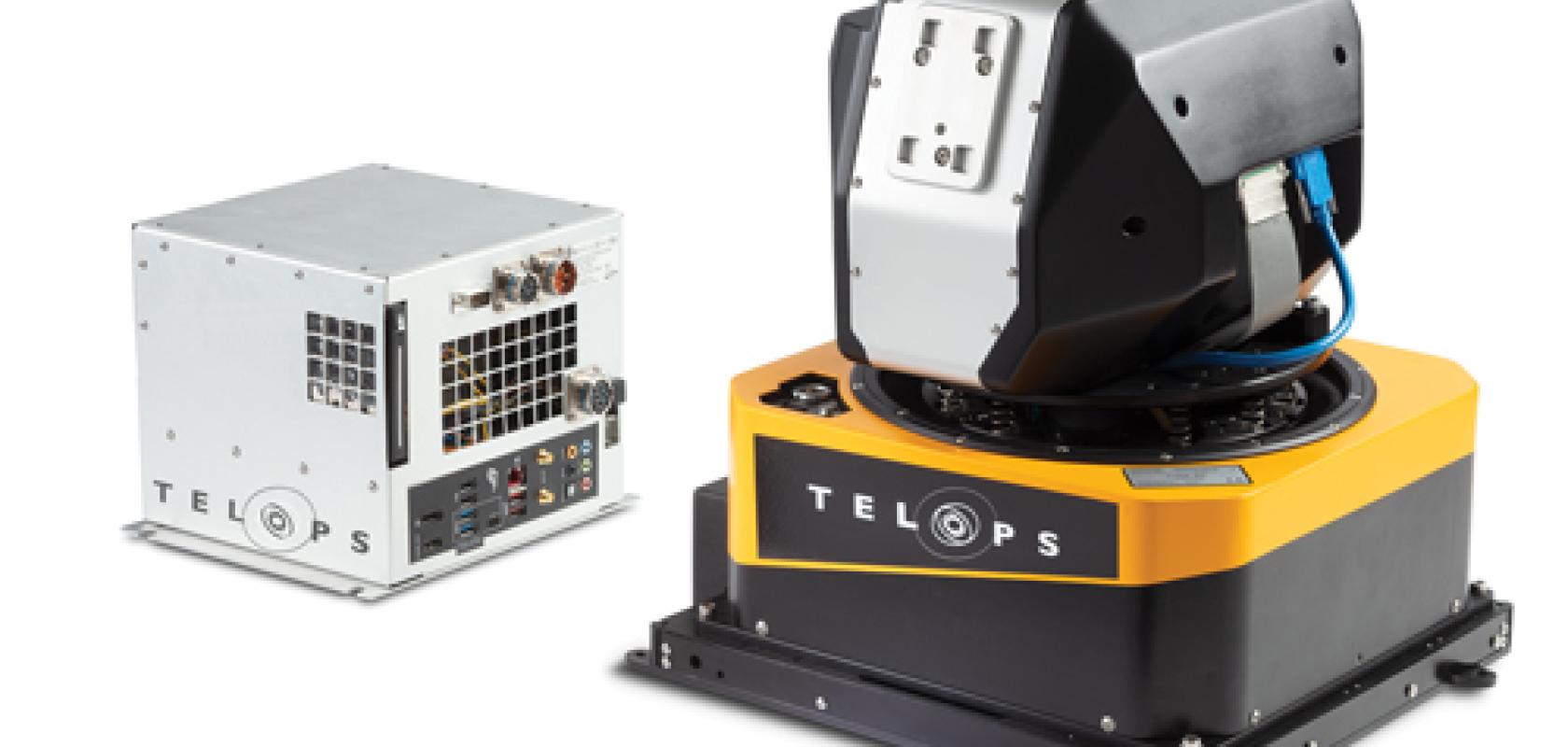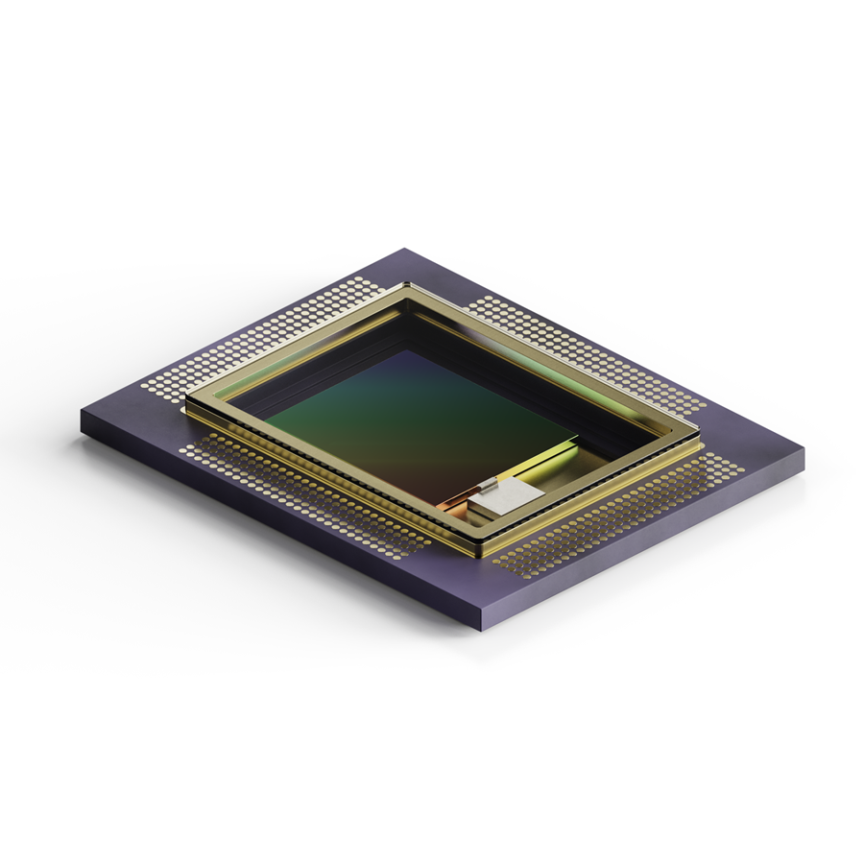Gemma Church explains how the Telops Hyper-Cam is unlocking thermal infrared hyperspectral imaging for everyone.
Thermal infrared hyperspectral imaging is an advanced technique, where images are collected with an additional dimension of data. It ‘represents a significant increase in analytical capability over traditional, point-based optical analysis techniques,’ according to Benjamin Saute, a field applications engineer at Telops.
With traditional imaging, optical information is collected over two spatial dimensions to create a photographic representation of a scene. With hyperspectral imaging, a third data dimension is also collected, capturing the spectral content of the scene, which contains information about the chemical species present.
Saute explained: ‘Our three-dimensional data product is called a hypercube, and can be thought of as a traditional two-dimensional thermal image with a continuous infrared radiance spectrum associated with each individual pixel. The infrared radiance spectra can be correlated with libraries of known signatures to allow for high-specificity chemical imaging.’
Hyperspectral imaging is a major step forward, compared to traditional, point-based chemical analysis techniques. This is because, while these point-based methods provide great fidelity of the spectral signal, they lack the spatial information contained in a hypercube.
‘To get this kind of spatial resolution with a point sensor, you are going to need to make multiple measurements across your desired area,’ said Saute. ‘This is expensive, time-consuming, and only affords you with limited spatial resolution. Hyperspectral imaging is the best of both worlds, in that we can generate high-quality spatial and spectral information from a single measurement.’
Using thermal infrared hyperspectral imaging, many individual images are collected over multiple discrete wavebands. The Hyper-Cam from Telops, for example, uses an interferometer coupled to a 2D focal plane array detector. The interferometer collects single waveband images across the entire spectral range of the detector.
On-board electronics are then used to generate the hypercube data product and apply a radiometric calibration to yield a calibrated infrared spectral radiance datacube.
Sky-high spectral analysis
Thermal hyperspectral imaging is emerging as a reliable technique for routine aerial surveys for the detection of fugitive emissions, such as volatile organic compounds (VOCs) from industrial locations.
For example, the Telops Hyper-Cam airborne platform is often mounted to an aircraft and flown over the area of interest. The Hyper-Cam continuously collects hypercubes as the aircraft flies, searching for infrared spectral radiance signatures that match the target compounds. This collected data is then used to create a gas detection map in post-processing.
Thermal infrared hyperspectral imaging is also widely used in ground-based configurations. The Hyper-Cam can also be installed in a fixed location to provide quantitative VOC measurements from stack emissions, or to monitor for gas leaks at an industrial facility for health and safety purposes, for example.
But challenges exist for this novel imaging technique, particularly when it comes to the access of both the instrumentation and data.
Saute explained: ‘Hyperspectral imagers are often highly complex optical devices requiring significant investment in construction and operator training and, as a result, have not been widely proliferated among the scientific and research communities.
‘Now that there are commercial thermal infrared hyperspectral imaging systems such as the Telops Hyper-Cam, hardware proliferation has increased, making access to such measurement platforms less difficult.’
This is an important point. The Telops Hyper-Cam is a commercial off-the-shelf product, meaning anyone with an interest in thermal infrared hyperspectral imaging can acquire a system without having to invest significant resources into the design and construction of a custom device.
‘The Hyper-Cam is operated using RevealPro software which allows the user full control over operational and measurement parameters. RevealPro enables significant flexibility in the operation of the Hyper-Cam, but is organised in a very customisable and user-friendly fashion. The RevealPro GUI allows the user to optimise the software experience for their specific measurement workflow,’ Sante explained.
This addresses another challenge for today’s thermal infrared hyperspectral imaging users. Namely, the collection of high-quality hyperspectral data and then the processing of that data in a way that allows the user to extract the relevant information.
Saute said: ‘There are many instrumental parameters that need to be optimised to ensure high data quality and often users will feel that the learning curve is steep. Additionally, for those new to hyperspectral imaging, it can often be a challenge to process the large quantities of data generated by hyperspectral imaging.’
Telops also offers in-depth Hyper-Cam training sessions led by its experienced Field Applications Engineering team to educate users on operational and data processing best practices.
‘We want our customers to be successful with our products, and so we really try to take on a collaborative and educational role whenever possible,’ Saute added.
Recently, Telops has also introduced several automated data processing capabilities across a range of application areas to help users further. ‘For example, we have recently developed an algorithm that automatically performs gas detection, identification and quantification in real time,’ Saute explained.
Additionally, Telops also provides a software tool called FLAASH-IR, which allows the user to perform a common hyperspectral imaging data processing technique: temperature-emissivity separation.
Now, Telops is focused on developing smaller thermal infrared hyperspectral imaging systems with reduced power requirements. Saute added: ‘The Hyper-Cam is well suited to airborne survey missions but the size, weight and power requirements limit deployment to larger fixed-wing platforms.’
Telops recently launched the Hyper-Cam Airborne Mini. This ‘represents a dramatic reduction in size, weight and power consumption compared to the legacy Hyper-Cam airborne platform,’ according to Saute. ‘The small size of the Hyper-Cam Airborne Mini allows for operation from much smaller platforms, which further increases access to this powerful measurement technology.’
In a recent white paper, Telops describes how thermal infrared hyperspectral imaging was used to detect, identify and quantify unknown VOC emissions from a variety of industrial sites around Rotterdam port. The paper also explains how data processing algorithms helped to expand their gas detection and identification capabilities in this application. Click here to read the White Paper.
‘Telops has worked hard to become a world leader in thermal infrared hyperspectral imaging, and I hope that our white paper clearly communicates Telops’ passion and expertise for this technology,’ Saute concluded.
This article was brought to you by Photon Lines, UK and Ireland partner to Telops. Photon Lines offers a wide range of hyperspectral imaging solutions from more than one supplier, covering the electromagnetic spectrum from the UV to long wave thermal infrared.


